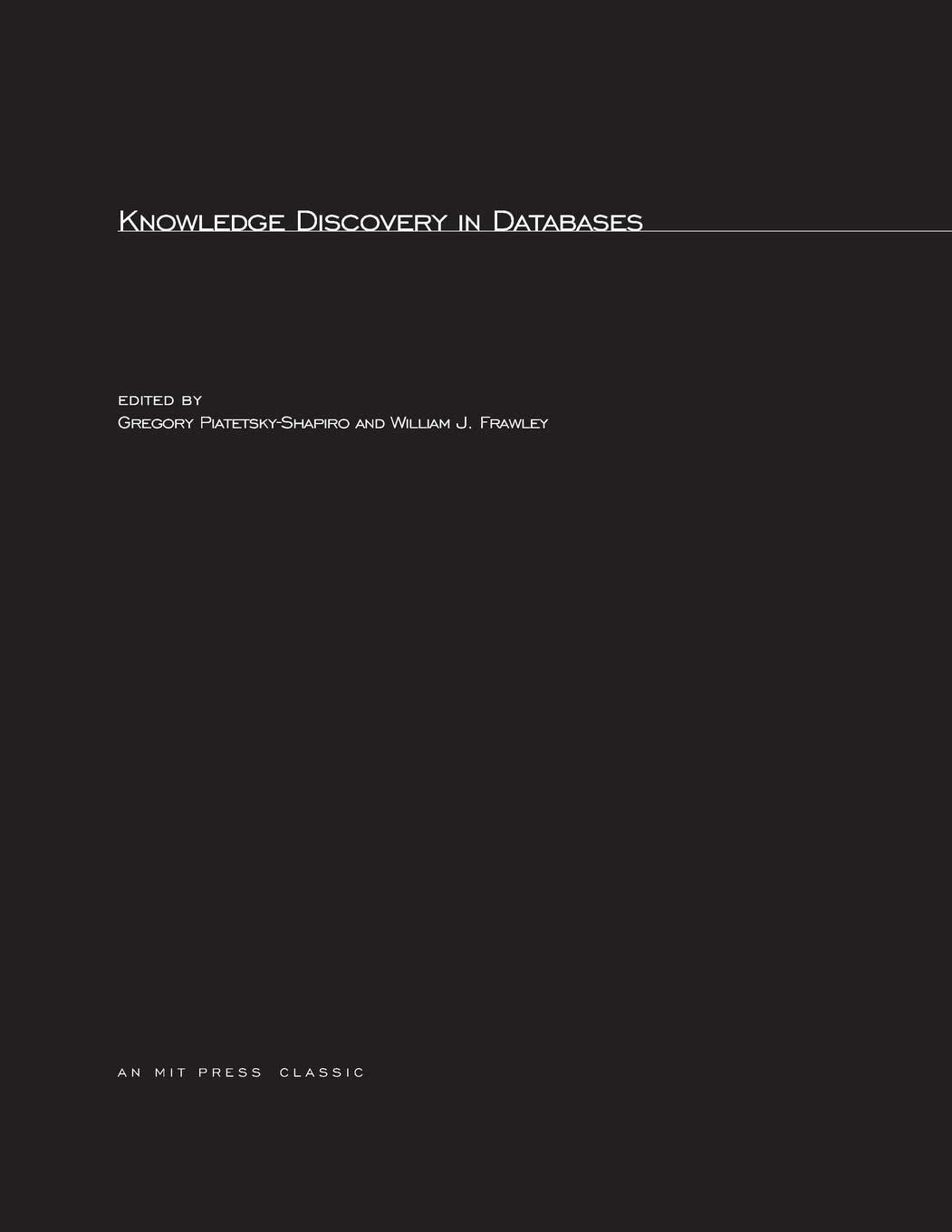Answered step by step
Verified Expert Solution
Question
1 Approved Answer
Setup: Case A: forging with dry friction F=Pressure(avg)*L*w Avg Pressure is given by the equation on the example graph provided at the end of the
Setup:

Case A: forging with dry friction
F=Pressure(avg)*L*w
Avg Pressure is given by the equation on the example graph provided at the end of the question. 
Case B: Forging with Sticking Friction



The final figure should look like this I believe:

Step by Step Solution
There are 3 Steps involved in it
Step: 1

Get Instant Access to Expert-Tailored Solutions
See step-by-step solutions with expert insights and AI powered tools for academic success
Step: 2

Step: 3

Ace Your Homework with AI
Get the answers you need in no time with our AI-driven, step-by-step assistance
Get Started


